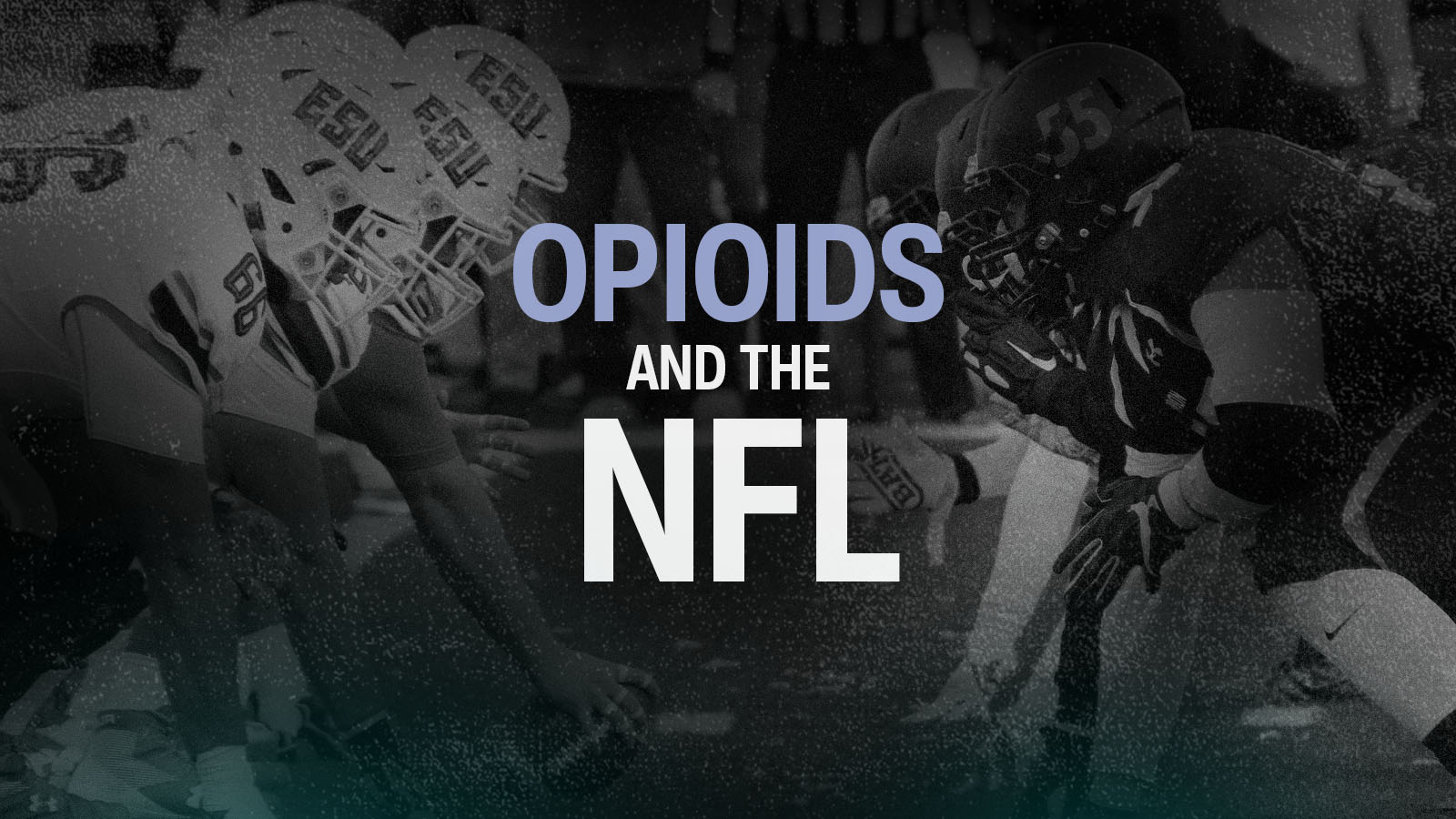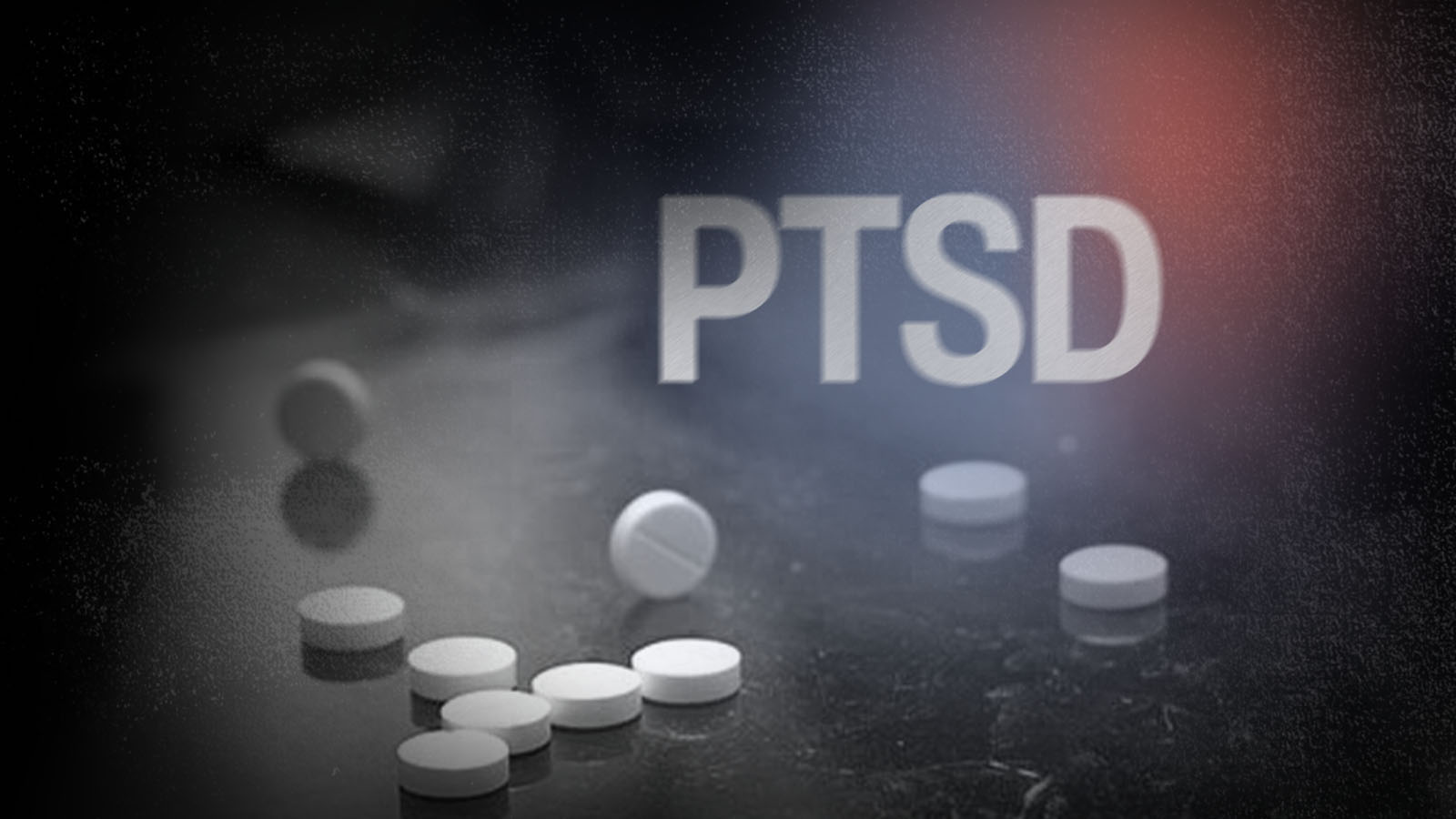At Ophelia, we are committed to serving our patients from a harm reduction perspective. We want to emphasize the importance of knowing how to prevent an opioid overdose, and how to identify one in an emergency. We hope that this guide, adapted from SAMHSA’s Opioid Overdose Prevention Toolkit, will be useful for our patients and their loved ones.
Avoiding an opioid overdose
- Inform your clinician of all medications you are currently taking to prevent any unwanted consequences of mixing drugs.
- Dispose of unused medications properly following the FDA guidelines and the FDA flush list, which provides a list medications that can be safely disposed of by flushing them down the toilet.
- Make sure that you are taking the medications prescribed to you as directed by your clinician. Do not take medication more often than you were instructed to. If you are experiencing any pain or worsening side effects from the medication, be sure to contact us at (215) 585-2144. If it is an emergency, call 911 or go to your nearest emergency room.
- Teach your family members and friends how to respond in the event of an emergency, using the five essential steps for first responders.
Naloxone fast facts
Naloxone, brand name Narcan, is a life saving medication that can reverse an opioid overdose. It does not work the same way for each person. The duration of the effect of naloxone depends on its dosage, route of administration, type of opioid(s) ingested, and overdose symptoms.
- More than one dose of naloxone may be needed to revive someone who is overdosing. People who have taken longer acting or more potent opioids, such as fentanyl, may require additional doses.
- Naloxone is only effective in treating an opioid overdose, including from heroin and fentanyl. Naloxone is not effective in treating overdoses from benzodiazepines, barbiturates, clonidine, GHB, ketamine, or sedatives and stimulants, such as cocaine or amphetamines. However, if opioids are taken along with other sedatives or stimulants, naloxone may be helpful in a drug overdose.
- Naloxone is harmless if administered to someone who is not experiencing an opioid overdose. If you suspect that someone is overdosing, it is best to administer the naloxone just in case.
- Just like any other medication, your naloxone has an expiration date. Make sure that you are aware of its expiration date so that you can obtain a replacement when needed. Please note that if you think someone is overdosing, it is better to give them expired naloxone than nothing.
- Naloxone’s effectiveness can be altered by how it is stored. Store your naloxone in a safe and quickly accessible place, at room temperature, and protected from light.
Read more about how to administer naloxone here.
Overdose signs and misconceptions
Every day, close to 130 Americans lose their lives to a drug overdose. For this reason, it is important to be able to recognize the typical signs of an opioid overdose:
- Face is extremely pale or clammy to the touch
- Body is limp
- Fingernails or lips have a blue or purple cast
- Person is vomiting or making gurgling noises
- Person cannot be awakened from sleep or can’t speak
- Breathing is very slow or stopped
- Heartbeat is very slow or stopped
Someone who has overmedicated with opioids often shows signs that may lead to an overdose:
- Unusual sleepiness or drowsiness
- Mental confusion, slurred speech, intoxicated behavior
- Slow or shallow breathing
- Extremely small ‘pinpoint’ pupils
- Slow heartbeat or low blood pressure
- Difficulty being awakened from sleep
There are many misconceptions about drug overdoses that have been conveyed across social media, films, and TV shows. We want you to be able to distinguish between fact and fiction.
When someone is overdosing:
- Do not slap or forcefully stimulate the person. This may only cause further injury. If you cannot wake the person by shouting, or with light physical stimulation, such as pinching or rubbing your knuckles into their sternum (center of ribcage), the person may be overdosing and unconscious.
- Do not put the person into a cold bath or shower. This increases their risk of falling, drowning, or going into shock.
- Do not inject the person with any other substance aside from naloxone. This includes saltwater, milk, or stimulants.
- Do not try to make the person vomit drugs that were swallowed. If they choke or inhale vomit into their lungs, it can be fatal.
This document is not a comprehensive guide for overdose reversal and naloxone administration. For more information, please visit SAMHSA’s Five Essential Steps for First Responders.
Sources





